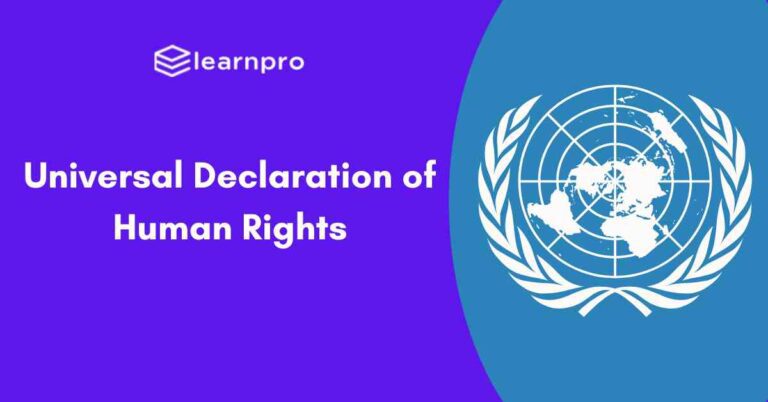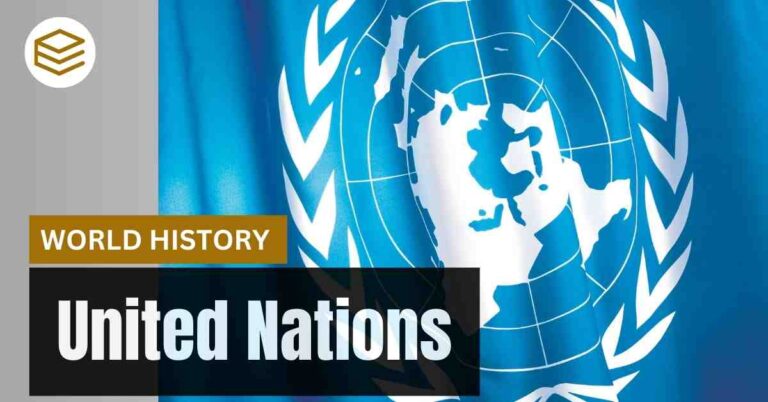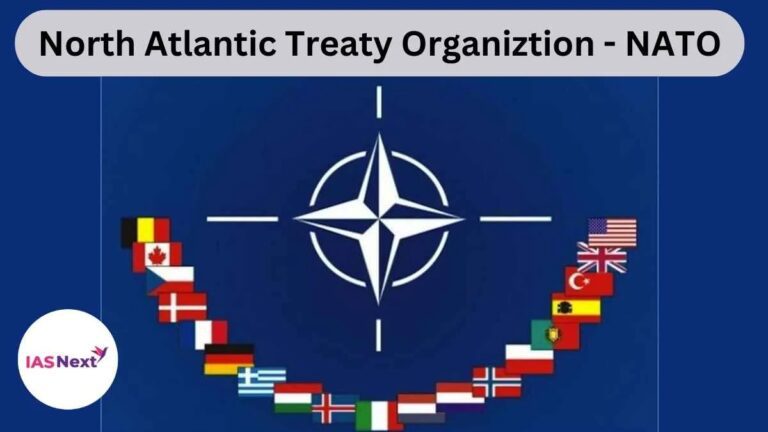December 7, 2025 6:27 am
Introduction:
- The Indian Ocean Rim Association (IORA) is an inter-governmental organization focused on enhancing regional cooperation and sustainable development in the Indian Ocean region.
- Established in 1997 through the efforts of India and South Africa.
- IORA has 23 member states and ten dialogue partners.
- Members include Australia, Bangladesh, Comoros, India, Indonesia, Iran, Kenya, Madagascar, Malaysia, Mauritius, Mozambique, Oman, Seychelles, Singapore, Somalia, South Africa, Sri Lanka, Tanzania, Thailand, UAE, Maldives, and Yemen.
- Dialogue partners: China, Egypt, Germany, Italy, Japan, Russia, Turkey, the Republic of Korea, the UK, and the USA.
- France was the latest member accepted due to its territory, Reunion Island, in the Indian Ocean.
- The IORA Secretariat is located in Ebene, Mauritius.
Objectives:
- Promoting sustainable growth and balanced development for the region and member states.
- Focusing on economic cooperation in areas that offer significant development opportunities, shared interests, and mutual benefits.
- Encouraging liberalization and removing barriers to facilitate the flow of goods, services, investments, and technology.
Priority Areas:
- Maritime Security
- Trade and Investment Facilitation
- Fisheries Management
- Disaster Risk Reduction
- Academic and Scientific Cooperation
- Tourism and Cultural Exchanges
- Blue Economy
- Women’s Economic Empowerment
Structure:
- The apex body, Council of Foreign Ministers (COM), meets annually.
- The Committee of Senior Officials (CSO) meets biannually to advance IORA’s agenda, evaluate recommendations, and implement policies.
Key Facts:
- The Indian Ocean Region (IOR) contributes significantly to the world economy.
- The region encompasses 35% of the global population and generates 19% of total GDP.
- About 80% of global seaborne trade uses Indian Ocean routes.
- The ocean supports 80% of seaborne oil trade and over 100,000 commercial vessels annually.
India and the Indian Ocean:
- India, surrounded by the Indian Ocean on three sides, relies heavily on it for trade, security, and foreign policy.
- The ocean handles half of the world’s container shipments, a third of bulk cargo traffic, and two-thirds of oil shipments.
- 90% of India’s trade by volume and 90% of its oil imports are conducted via the Indian Ocean.
- Geopolitical shifts involving powers like the USA and China have amplified the region’s importance.
- India seeks to boost IORA’s role, focusing on areas like renewable energy, the blue economy, maritime safety, and research collaborations.
Major Projects Under IORA:
- Blue Economy: Encourages sustainable use of marine and coastal resources for economic growth.
- Women’s Economic Empowerment: Supports women entrepreneurs through training and economic initiatives.
- Business-to-Business (B2B) Networking: Facilitates partnerships among small and medium enterprises in the region.
- Capacity Building: Enhances skills and expertise across member states.
- Cultural Exchange Programs: Promotes cultural understanding and regional cooperation.
- Disaster Risk Reduction: Implements early warning systems and disaster preparedness to mitigate natural disaster risks.
Challenges:
- Funding Constraints: Reliance on member contributions and external aid limits IORA’s capacity for impactful projects.
- Limited Membership: With only 23 members, many Indian Ocean countries are not part of IORA, restricting regional inclusivity.
- Economic Disparities: Varying levels of development among members complicate creating universally beneficial initiatives.
- Political Differences: Diverse political systems and foreign policies can hinder consensus and collaboration on regional issues.





[…] INDIAN OCEAN RIM ASSOCIATION (IORA) […]